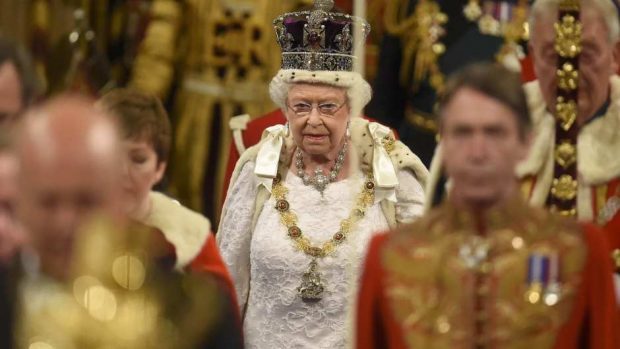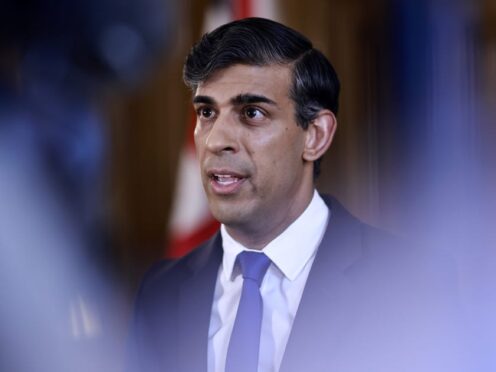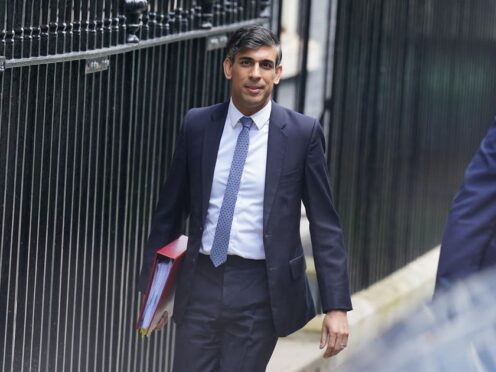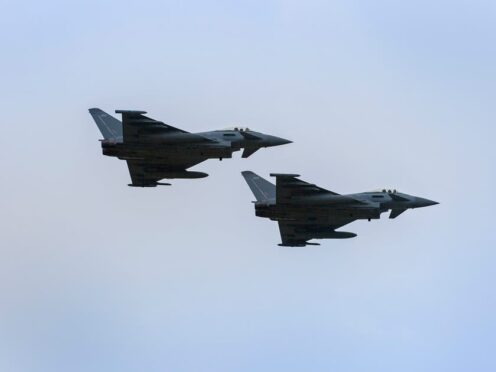Boris Johnson will use tomorrow’s Queen’s Speech to set out how he plans to make 2020 “the year of opportunity, growth and unity” in Scotland.
The prime minister’s programme for government will also make clear that there are no plans to allow Nicola Sturgeon to hold a second independence referendum “next year”.
A Downing Street source said that another poll in the New Year would be a “damaging distraction”.
“It would undermine the decisive result of the 2014 referendum and the promise made to the Scottish people that it was a once in a generation vote”, they added.
Mr Johnson’s agenda, which will be set out by the Queen at the State Opening of Parliament, will highlight investments that the UK Government is making in Scotland’s economy, including investing £1.4billion in city and growth deals, the £1.2billion cash boost as a result of the latest spending round and the additional £211 million for Scottish farmers.
At the heart of the speech will be a commitment to enshrine in law a multi-year NHS funding settlement, with an extra £33.9billion per year by 2023/24.
The extra funding will mean more than £3billion in Barnett consequentials for the Scottish Government to spend.
Speaking to NHS nurses at a Downing Street reception tonight, Mr Johnson said: “We are now putting the biggest investment in the NHS in living memory. We have to keep that investment going. We have to keep supporting you.
“We now have got Christmas, and you, the NHS, are going to have to keep working over what will be one of the busiest and most taxing times of the year for the NHS. I would like to thank you for everything you do.”
The programme will also include the government’s commitment to “get Brexit done”, with legislation to implement the future trading relationship with the EU by the end of December 2020.
As part of measures to tackle violent crime, the speech will set out new legislation that will ensure terrorists spend longer behind bars and make it easier for the police to stop and search known knife carriers.
Ahead of the speech, the SNP set out their own alternative plan to “protect the NHS, end austerity, tackle the climate emergency, and ensure Scotland has the right to choose its own future in an independence referendum”.
SNP Westminster leader Ian Blackford MP said his programme would boost the economy, protect public services, tackle poverty, deliver real action on climate change and respect Scotland’s right to hold indyref2.
He said: “Last week, Scotland voted overwhelmingly to reject Boris Johnson and his extreme Tory government’s devastating plans for Brexit and austerity.
“Yet, Scotland now faces five more years of a hard-right Tory government we didn’t elect, imposing damaging policies we do not want, which would rip Scotland out of the EU and take a wrecking ball to our NHS, living standards and the economy.
“The SNP alternative Queen’s Speech sets out our priorities to ensure Scotland’s right to choose our own future is respected, to protect our NHS, end austerity, boost our economy, and deliver real action to tackle the climate emergency.”
Following the speech the new session of parliament will begin almost immediately and MPs will have chance to debate its contents.
The debate normally lasts about five days and at the end there will be a vote, which is normally seen as symbolic as it is extremely rare for a government to lose.










